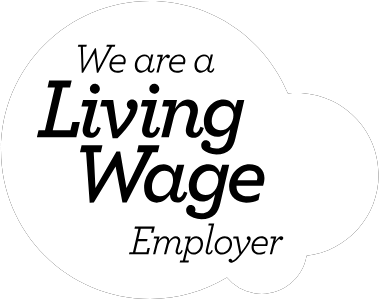John Grant is an author, brand strategist, sustainability expert and part of the Wilful taskforce.
This book covers the new wave of environmental and social marketing, innovation, and business. It’s a sequel to my Green Marketing Manifesto. In 2007, when that book came out, we had seen what the Financial Times called ‘a wave of eco marketing’ (12 February 2007). Al Gore’s movie The Inconvenient Truth had spiked climate concerns.
In the intervening decade, green and climate concerns went away. Other news stole the headlines, like the global financial crisis and the Arab Spring. IPSOS MORI found that the population concerned about climate change in the UK fell from a peak of 82% in 2005 to only 60% in 2013. By 2019, this had risen again to 85%.5 Public concern is back, riding on the awareness generated by the climate protests. And it has developed. For instance, a much higher proportion now perceive climate change as an issue affecting them personally. Global climate strikes and the Green New Deal are not the only focus. Single issues have pressed for attention; like the BBC’s Blue Planet 2 documentary series which sparked global concerns about plastic waste; or like the #metoo awakening to issues of equality, diversity, and fairness.
A lot has changed in 12 years. We have seen a shift in modal verb: from should to must. Those that don’t respond now will likely be punished, whether by carbon taxes, share valuation, boycotts, or simply falling out of favour. You don’t want to be one of the companies that still wraps everything in excessive plastic then stacks it in open fridges, nor one of those fashion brands that isn’t committed to no fur. Any more than you want to be a company with no women on the board, nor sheltering abusive executives. Now is not the time.
That need to move with the times is the first imperative of Greener Marketing – covered in the first section of this book – which is to be Not Bad. This is an extension of all the sustainability work companies have done.
Reducing negative impacts on communities and ecosystems. And in the process reducing risk and improving reputation. Not Bad is a commitment to minimise negative impacts. With no skeletons in your closet. No child labour, no excessive carbon emissions, no carcinogenic ingredients. But it goes beyond harm reduction into innovation. Embracing new technologies, market segments. Hybrid cars were a typical Not Bad innovation.
Six hundred and eighty-two leading companies have signed up to Science- based Targets. Meaning they are setting goals that conform to the 1.5/2 °C targets of the Paris Agreement. This includes companies that you probably knew were progressive like Danone, Unilever, IKEA, British Telecom, Seventh Generation, HP, Natura – and ones that you perhaps didn’t know were like Walmart, Nestlé, Burberry, Sony, Levi Strauss, and Zurich Insurance. Science-based Targets is rapidly becoming the way to show that you are serious. Although measurement is no substitute for action.
Given the pressure from governments and publics, companies can no longer afford to be just Not Bad and to report some reduction in the harm that they do. The new sustainability standard is being Net Good – which is covered in the second section of this book. Net Good means the world is a better place for your business existing. Everything has a cost, in energy, emissions, and entropy. But there can still be ways to bring enough ‘good’ in some parts of your business to cancel out or justify any inevitable ‘bads’ from the raw impact of your operations.
A key implication of Net Good for brands and businesses is the need for a social purpose. So that the aims of the business become two-fold: commercial success and social purpose success. Unilever in its 2010 Sustainable Living Plan defined its purpose through three key objectives:
By 2020, help more than a billion people take action to improve their health and well-being.
By 2030, halve the environmental footprint of our products as we grow our business.
By 2020, enhance the livelihoods of millions of people as we grow our business.
Purpose has increasingly become a factor in marketing as well as corporate objective setting. Unilever CEO Alan Jope told journalists at the Cannes advertising festival that:
We will dispose of brands that we feel are not able to stand for something more important than just making your hair shiny, your skin soft, your clothes whiter or your food tastier.
Greener Marketing is defined in this book as integrating sustainability and social purpose – building brands and businesses that are both Not Bad and Net Good.
This is no longer a niche or an afterthought. The Green Economy may be as central to business strategy in the coming decades as the Digital Economy has been in the last decades.
Mark Carney (along with other central bank governors) warned that companies which don’t have climate change mitigation baked into the balance sheet face a ‘Minsky Moment’ when their shares could be abruptly revalued. There are two levels of economic risk to factor in. The first level of risk is direct losses due to catastrophic storms, flood, heatwaves, epidemics. Hurricane Katrina cost $41 billion in damages to insured property alone. The second level is what Sarah Breedon from the Bank of England describes as Transition Risk; due to changes in regulation, technology, and market sentiment as we necessarily transition to a lower-carbon economy. Breedon estimated that the potential losses due to inaction could lead to a crash with asset values as high as $20 trillion – over a quarter of the world’s wealth – being wiped out.
The Green Economy also offers the promise of growth, innovation, and success for leading players – companies like TESLA prepared to lead the transition. There has already been a boom in Environmental, Social, and Governance (ESG) investment. Sustainable assets under management reached $30 trillion globally and this grew 34% between 2016 and 2018. Impact Investing in entities directly targeting social and environmental problems grew to $502 billion.






